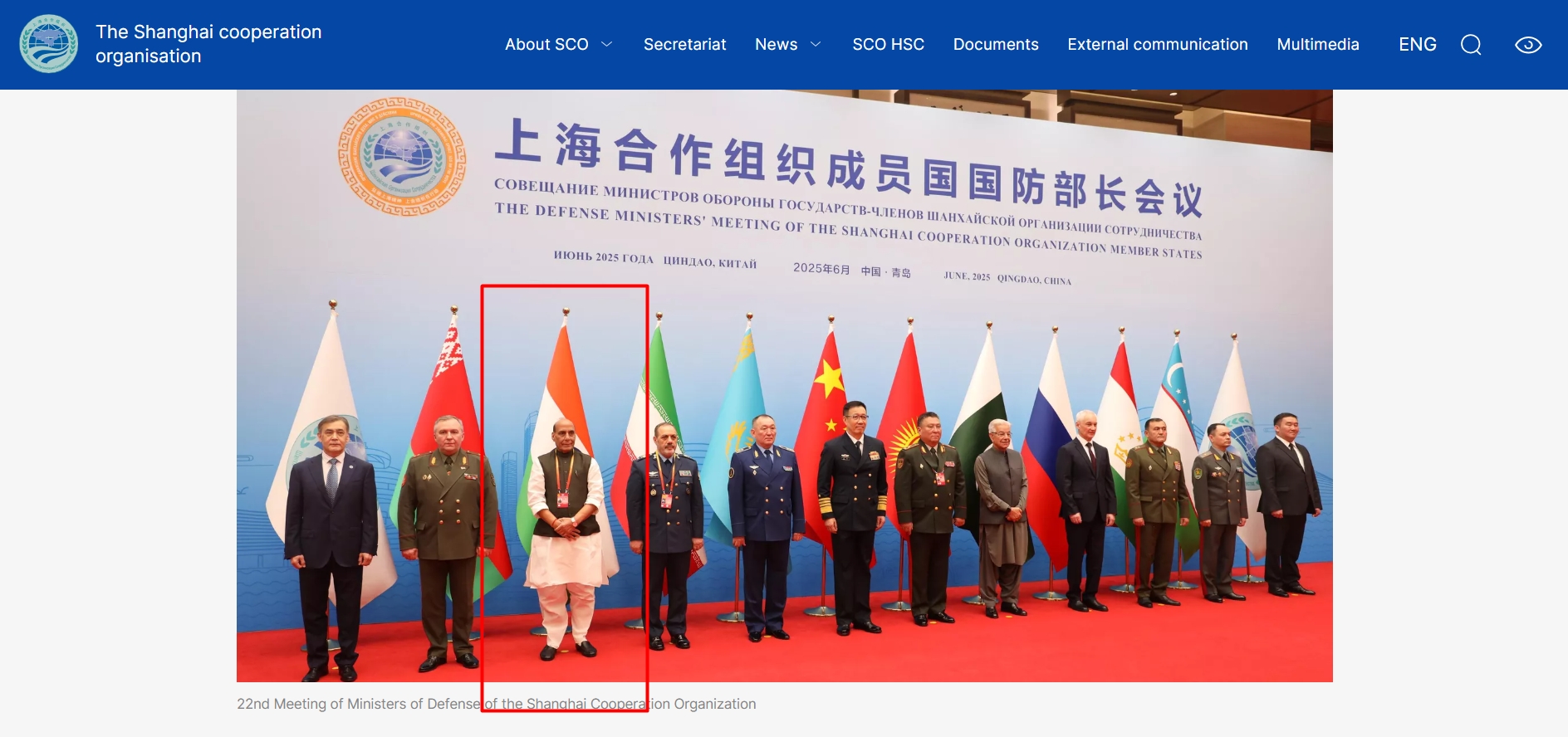At least three instances of Hindutva groups barging into gatherings and accusing those congregating of religious conversions have emerged so far in August. Videos from each of these instances — in Sehore, Madhya Pradesh, Raipur, Chhattisgarh and Balasore, Odisha — show pro-Right activists taking matters into their own hands, with little regard for law and thrceatening and harassing citizens.
These instances come after two Catholic nuns from Kerala and a man from Chhattisgarh were arrested in Durg, Chhattisgarh, last month, over allegations by members of the Bajrang Dal that they were coercing three tribal women into conversion and taking them to different parts of the country against their will. Videos even showed a woman associated with Durga Vahini, the women’s equivalent of Bajrang Dal, checking their documents and questioning them in police presence. The three tribal women and their families later clarified that they were already Christians and were travelling with the nuns willingly. The women also alleged that members of Hindutva groups linked to the Vishva Hindu Parishad slapped and touched them inappropriately. The nuns — Sisters Vandana Francis and Preethi Mary — and the man, Sukhman Mandavi, who was a cousin of one of the three women, were granted bail on August 2 after spending nearly a week in judicial custody.
READ: Nuns out on bail; ‘police excess’ & Bajrang Dal’s role in Chhattisgarh case under scanner
Alt News documents the three cases in this report, which follow a similar narrative to what happened in Durg.
1. Sehore, Madhya Pradesh
On August 17, Instagram user @royal_kanha_dhangar posted a video showing men entering a house and recording those inside. The video also showed a Bible there. The post was in collaboration with the account of Bajrang Dal Sehore and had the watermark ‘Bajrang Dal Sehore’. The caption accompanying the video said, “…On Sunday, acting on information of a religious conversion racket in Sehore, police raided a house in Housing Board Colony. The information was first given to the police by Bajrang Dal workers… In this conversion racket, a police officer named Ahirwar was also involved…Those present at the spot, during questioning, expressed support for Christianity…”
In the background of the video, the official track of the Bajrang Dal by YouTube channel Vyshakh Achappa played on.
View this post on Instagram
Alt News managed to locate a longer version of the above video without the added background music on Facebook, posted by a user named Jai Rai. In the video, which is over seven minutes long, the person recording it states that the house shown in the clip hosts prayer meetings where religious conversions happen every Sunday.
On entering the said house, the person recording says, “There is a whole system installed (referring to an audio player), there is ‘Kitaab-e-maqsad’ and Bible here”. The titles of two holy books appear at the 1:11-minute mark of the video. These are ‘Kitaab-e-mukhhas’, the Urdu name for the Holy Bible, and ‘Sampurn Adhyayan Bible’ or the complete study Bible. He then asks the man standing at the podium his name, why so many people were gathered there, which god they were praying to and if they were all Christians.
सीहोर नगर के हाउसिंग बोर्ड कॉलोनी में धर्मांतरण का बड़ा मामला
बजरंग दल के कार्यकर्ताओ द्वारा कार्यवाहीPosted by Jai Rai on Sunday 17 August 2025
The man says his name is Jabbar Khan and the house belongs to him. He adds that those gathered were praying to god and had been meeting for two years. He adds that everyone present belonged to different religions and no one preached any particular religion; they gathered to talk about ‘Parmatma’ (God).
The person recording the video then asks individuals present there, including minors, their names and why they were listening to Khan reciting the Bible. He also asks if they converted to Christianity. None of the attendees indicated they were coerced.
At the 4:16-minute mark, one of the activists who barged in threatens one of the attendees, Biren Ahirwar, saying, “Chappal utaar ke maarunga” (Will hit you with my shoe).
Around the 6:36-minute mark, the situation becomes heated, and Biren Ahirwar gets into a verbal confrontation with the Bajrang Dal members outside the house. One of the activists tells Ahirwar, “Bheek mein saari cheez Hindu ke naam le liya, SC/ST ke naam, aur yahan tu maa ch*** raha hain” (You took everything as charity in the name of Hinduism and SC/ST, and here you are messing around [expletive]). Towards the end of the video, Bajrang Dal members are seen threatening the women and men inside.
We then found another video on Facebook showing police officials at the scene. As they escort Jabbar Khan out, one of the Bajrang Dal members calls him ‘Katua’ (a derogatory term for Muslim men) and says that he conducts religious conversions. The others also repeat that the people there were caught converting people and point out that Biren Ahirwar is a police official.
सीहोर में धर्मांतरण का बड़ा मामला आया सामने, घर में चल रहा धर्मांतरण का खेल, पुलिस पहुंची मौके पर, थाने पहुंचा मामला, बजरंग दल के कार्यकर्ता हुए जमा, कार्यवाही की उठी मांग
#sehore #ashta #ichavar #MadhyaPradesh #dharmantaran #babakhabrilalPosted by वृन्दावन शर्मा पत्रकार भोपाल on Sunday 17 August 2025
Police Rubbish Conversion Claim
Alt News reached out to a senior police officer at Sehore police station, who rubbished claims of religious conversion. “All those who were present in that room still hold their birth names; they have not converted to any other religion. They organise a prayer meet there every Sunday, and no one has complained about any forceful conversion. One of our police constables was also present in that room. We have registered the application from the complainants, and further investigation is being carried out. No one has been detained or arrested so far,” the police officer said.
2. Raipur, Chhattisgarh
According to a video shared by news outlet Maktoob on August 15, a group of VHP-Bajrang Dal members stormed into the Jehovah Nissi Church in Raipur and claimed religious conversions were taking place there. “They vandalised the church, attacked Christians who resisted, and chanted the Hanuman Chalisa while demanding action against those accused of conversion,” the caption read. In the video, some policemen are seen standing between a mob of men in saffron shirts and bandanas and another group of people. The mob also sloganeers for Bajrang Dal in the clip.
A group of VHP-Bajrang Dal members stormed the Jehovah Nissi Church in Raipur, Chhattisgarh, claiming religious conversions were happening. They vandalized the church, attacked Christians who resisted, and chanted the Hanuman Chalisa while demanding action against those accused of conversion.
Watch
Posted by Maktoob on Friday 15 August 2025
Taking a cue from this, we ran a relevant keyword search in Hindi, which led us to a YouTube video by Zee Madhya Pradesh Chhattisgarh from August 10. In the video, the anchor speaks to one of the Bajrang Dal activists at the site, who claims they received information that women were being given Rs 200 per day to hold prayer meetings, which caused locals to be angry. “If not conducting religious conversions, then what else can they be doing in a closed room?” he asks.
At the 11:01-minute mark of the video report, a minor girl tells the channel that the house, where religious conversions were allegedly happening, would play loud music even when the neighbours would urge them not to owing to kids’ exams. She adds that she and a few others were allegedly approached by some women who said, “You will get money if you join us, get rid of Hinduism”. Others chimed in that these people were brainwashing children.
The report said that police have detained the women who were allegedly involved in religious conversions.
Christian Women Accuse Bajrang Dal of Harassment
Another video, from the same area and the same day, taken from a different angle, is circulating on social media. Here, Bajrang Dal members are seen making obscene gestures. A video by Mirror Chhattisgarh shows a journalist interviewing the Christian women, who claim they were sexually harassed by Bajrang Dal members. Before the women are interviewed, the channel plays a clip from the day of the incident, where a man from the Hindutva mob makes obscene gestures at the women. Another man is also seen making lewd hand gestures despite police presence.
During the interview, the women alleged that Bajrang Dal members pulled their clothes and touched their breasts. They claimed that the Hindutva activists also asked them, “Would you come with me for Rs 200-300?” (implying sex work). Another woman said that when she gave them her name, they called her “Chamar” (a scheduled caste) and “neech log” (lower caste). She added that the men gave them rape threats and allegedly remarked, “We will (re-)create Manipur” (a reference to the sexual assault and rape of two Kuki women by a mob of Meitei men in May 2023).
One of the women told the news outlet that they went to the Sarswati Nagar police station to complain and asked the police to register an FIR against the Bajrang Dal for harassment, but the police allegedly refused to do so.
‘No Arrests’: Police
Alt News reached out to Daulat Ram Porte, Raipur Additional Superintendent of Police (ASP), who confirmed that no arrests have been made in the matter. However, when we asked him if any religious conversion was being conducted there, he declined to comment and said the matter was being investigated. He also refused to comment on whether an FIR had been registered in the matter based on complaints by either party.
It should be noted that, just a few weeks before this incident, also in Chhattisgarh, Sisters Vandana Francis and Preethi Mary were arrested after Bajrang Dal members alleged that the nuns were involved in forceful conversions.
3. Balasore, Odisha
On August 6, a group of nuns and priests travelling in a car through Gangadhar village in Odisha’s Balasore district were stopped by 70 individuals. The latter alleged that the priests and nuns were involved in forced religious conversions.
A video of the incident was shared on X by Anti Christian Tracker Watch – ACT India (@ACTWatchIndia). The caption says that the nuns and priests were brutally assaulted. In the clip, a man in a torn shirt is seen at the 00:46-minute mark; he is the same person seen in the car, travelling with the priests and nuns. The police are also present at the scene.
Jaleshwar, Balasore, OD | 6 AUG’25
CATHOLIC NUNS AND PRIESTS returning from Requiem Mass ambushed by 70 Bajrang Dal goons — brutally assaulted, Bibles thrown, phones stolen, all on baseless ‘conversion’ claims. Police escorted the victims… attackers walked free. @hrw @USCIRF pic.twitter.com/092UohkZAD
— Anti Christian Tracker Watch – ACT India
(@ACTWatchIndia) August 8, 2025
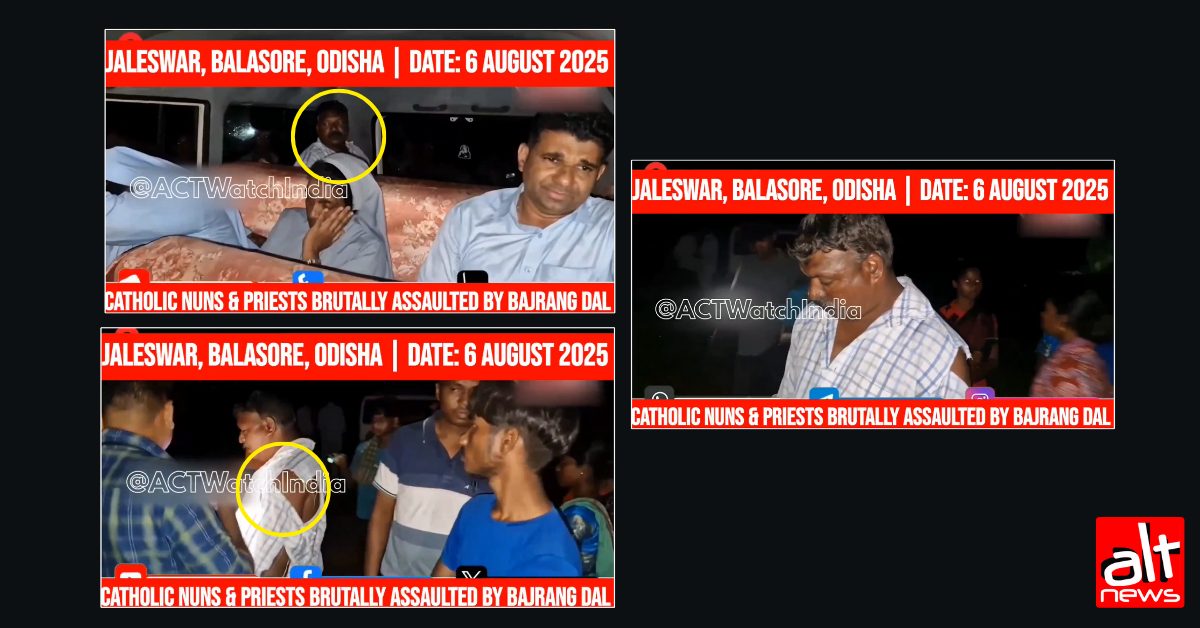
According to a report by the news agency Press Trust of India from August 8, the police officials said that some ‘locals’ had stopped the group of priests and nuns, who were later ‘rescued’ by the police. The report reiterated that the group suspected them of carrying out forceful religious conversions, but individuals ‘were not harmed in any manner’.
A report by India Today, from August 6, gave more details. According to this, two Catholic priests, a catechist (Bible teacher) and two nuns were returning from a memorial service under the Jaleswar parish in Balasore district. Among the priests, Father Lijo, the parish priest of St. Thomas Church in Jaleswar, was also present. The individuals had attended a Requiem Mass (a form of the Roman Catholic Mass used in funeral rites) and a fellowship meal in the area and were returning around 9 pm when they were stopped by a large mob who allegedly harassed, abused and assaulted them. The catechist, who was driving a motorcycle ahead of the car that carried the rest, was the first to be intercepted — he was allegedly dragged from his vehicle and beaten, followed by the priests and the nun, who were also manhandled. The report also said that while this unfolded, the villagers tried to step in and stop the attack and explain that they were there for a memorial service; however, the mob continued to accuse the priests and nuns of forced religious conversions.
Some of the nuns and priests in this case, too, were from Kerala. The incident prompted a strong statement from Kerala Chief Minister Pinarayi Vijayan. On August 8, he posted on X that Christian priests and nuns were assaulted by ‘Sangh Parivaar goons’ (referring to far-Right Hindutva groups Rashtriya Swamsevak Sangh and the VHP).
Reports of an assault on Keralite Catholic priests & nuns by Sangh Parivar goons in Jaleswar, Odisha, on false charges of religious conversion, reflect the ongoing communal witch-hunt against Christians in the country, exemplified by the arrest of nuns in Chhattisgarh weeks ago.…
— Pinarayi Vijayan (@pinarayivijayan) August 8, 2025
“Attacks Against Christian Minorities Rising”
The Catholic Bishops’ Conference of India (CBCI) has alleged that apart from being assaulted and harassed by the mob, Father Lijo’s phone was taken away and the catechist’s motorcycle was damaged.
Alt News reached out to Dibakar Parichha, the public relations officer of Odisha Bishops’ Regional Council (OBRC), the Odisha wing of CBCI, who said that the mob that attacked the Christian priests and nuns included people from other villages. However, he said he was not sure if the group was specifically affiliated with any particular group. Parichha added that it is believed some members of Bajrang Dal were present there since that is the most radical group, which often causes hindrance for minorities.
While giving a run-down of the happenings of August 6, he said, “While Father Lijo, along with the catechist, nuns and another priest, were going to the location of the memorial service in Jaleswar church for someone who died, they noticed some people gathering in the area; however, nobody approached them on their way to the church. Later in the evening, while they were coming back, the mob, which was quite large, about 70-80 people, attacked them. They brutally beat up the catechist and attacked the car, which included Father Lijo, two nuns and another priest, snatched their mobile phones”.
He added that there has been a rise in attacks against the Christian communities in India, while also citing the recent case of the arrest of Sisters Preethi Mary and Vandana Francis in Chhattisgarh. Parichha mentioned that they have filed a complaint, and the police have accepted the FIR, but they have little hope that the police will take any action against the attackers.
Police Version
According to a report by TV9 Bharatvansh, after the police arrived, they took details of all those involved in the attack and let them go.
We reached out to Basta sub-divisional officer, Manas Deo, who said he was not aware of any such incident. “There hasn’t been a single complaint about any such case; it is hearsay”. When we told him that the CBCI said it filed a complaint, he said no complaints had been filed. He did say, however, that some priests and nuns had come to the area but that there was no conversion angle. He added that there was no violence or physical confrontation.
Alt News also reached out to the Basta PS inspector-in-charge Ranjit Sahu, who reiterated that there was no conversion angle. He said that he was not aware if the catechist, nuns and priests had faced any physical assault from the mob.
A Rise In Attacks Against Christians
The three incidents — in Sehore, Raipur and Balasore — point to a recurring pattern of increasing hostilities against Christian minorities and Hindutva groups taking it upon themselves to threaten and harass them. The Evangelical Fellowship of India’s Religious Liberty Commission (EFIRLC), in its 2024 annual report released in March, documented a sharp rise in attacks against Christian minorities. Out of more than 840 reported cases, the commission verified 640. This is up from 601 cases in 2023 and nearly four times the number recorded in 2014, when 147 incidents were reported.
The post After arrest of nuns in Durg, Christians in Sehore, Raipur & Balasore allegedly attacked over ‘forced conversions’ appeared first on Alt News.
This content originally appeared on Alt News and was authored by Oishani Bhattacharya.
This post was originally published on Radio Free.
 विदेशी फंडिंग
विदेशी फंडिंग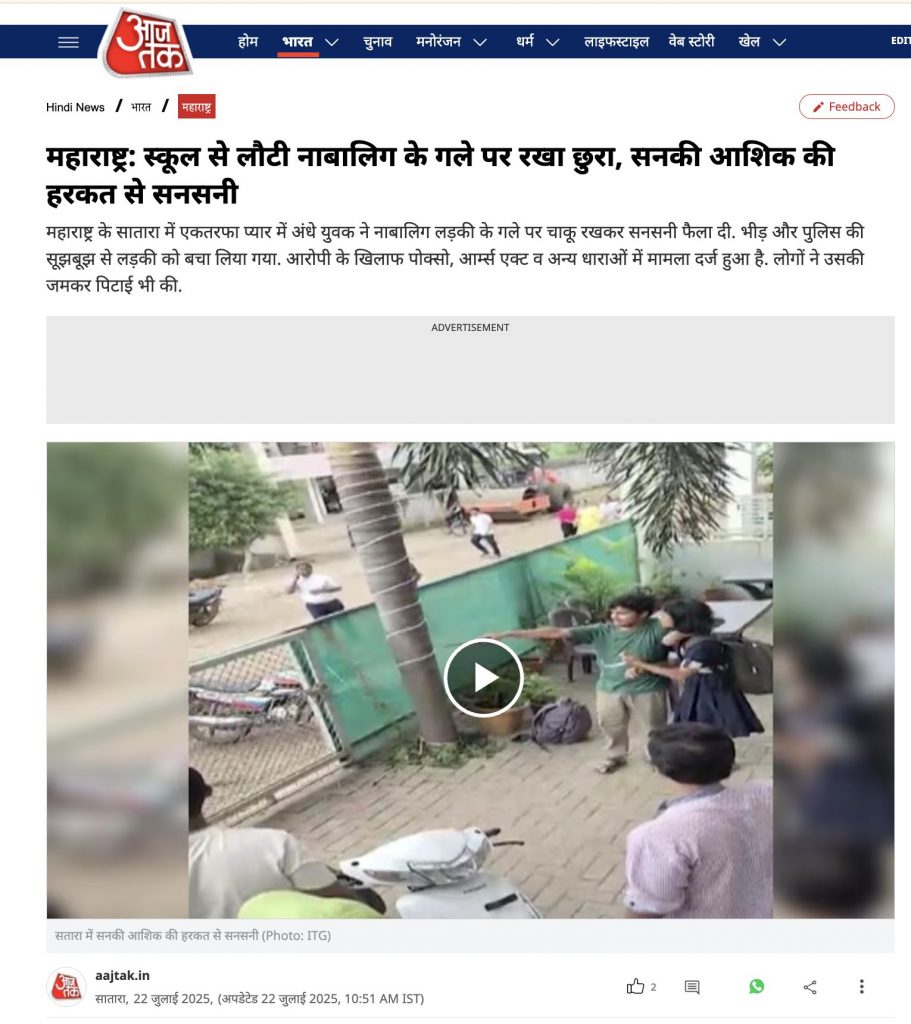




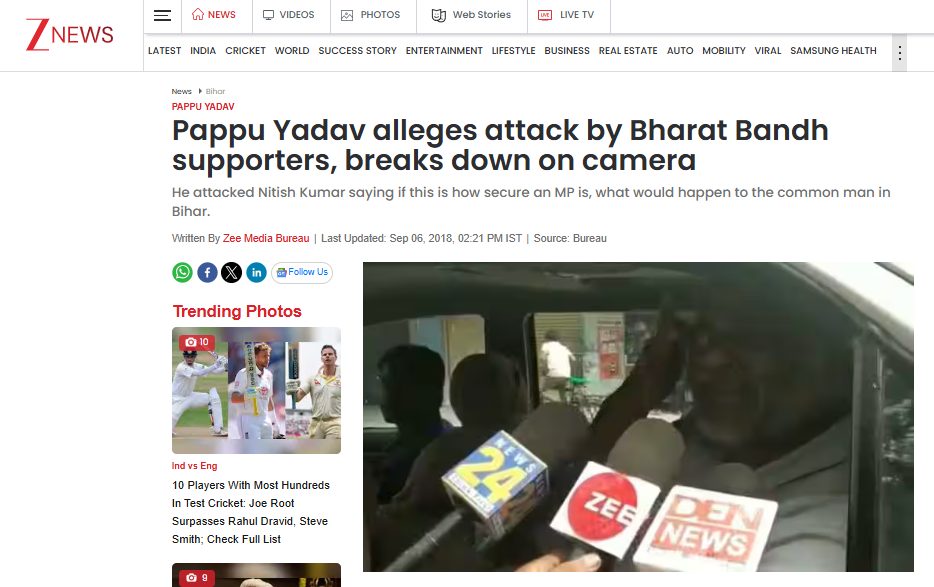
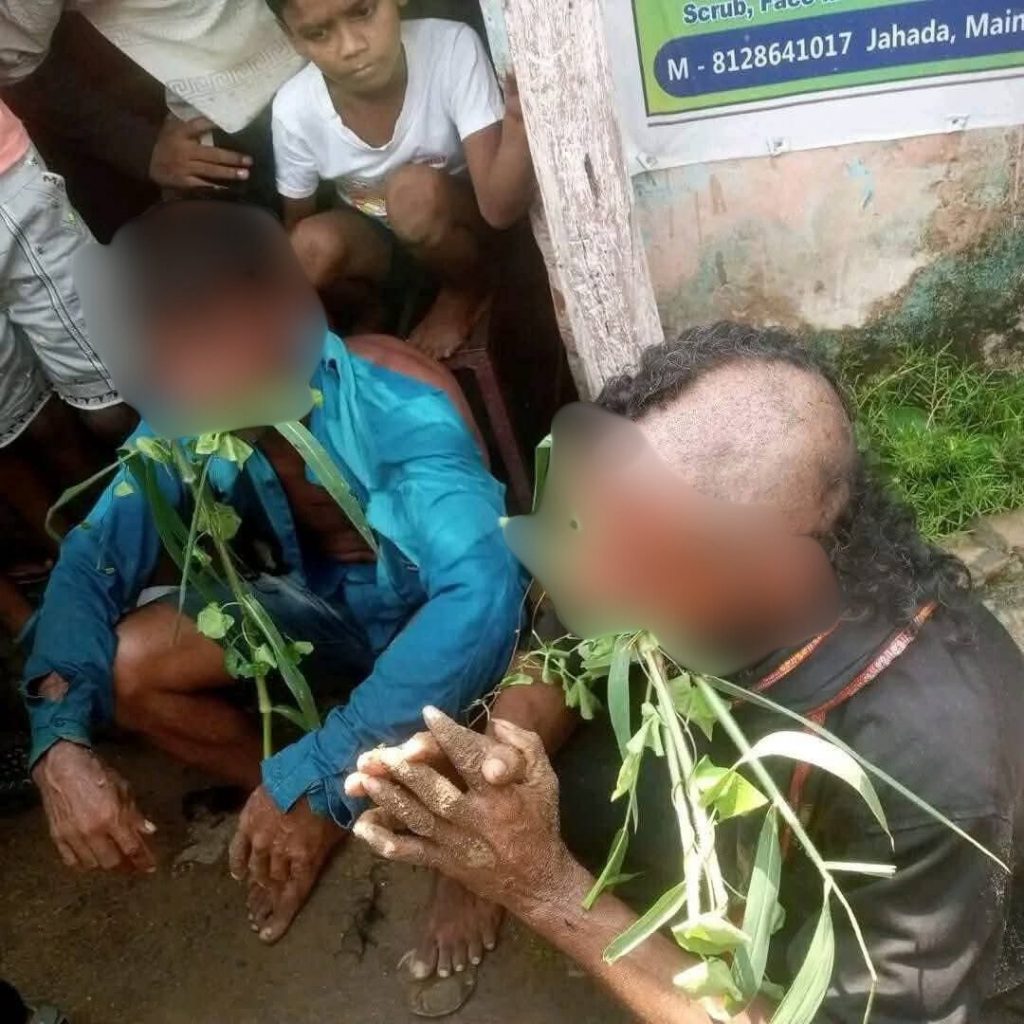
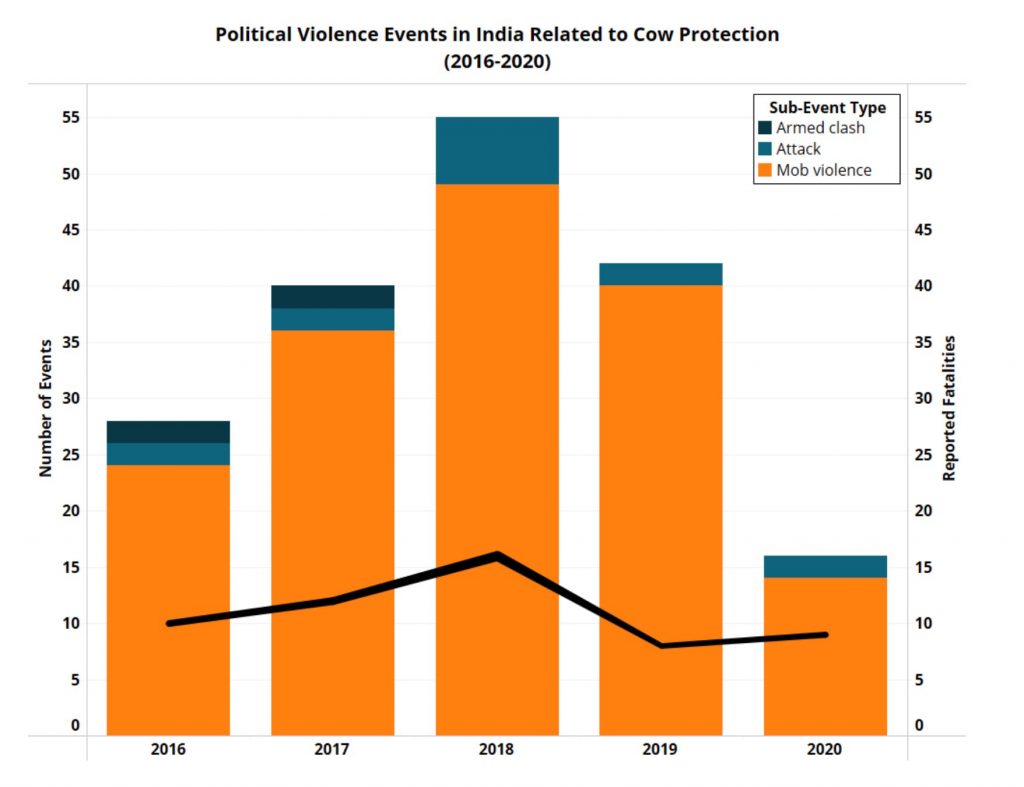
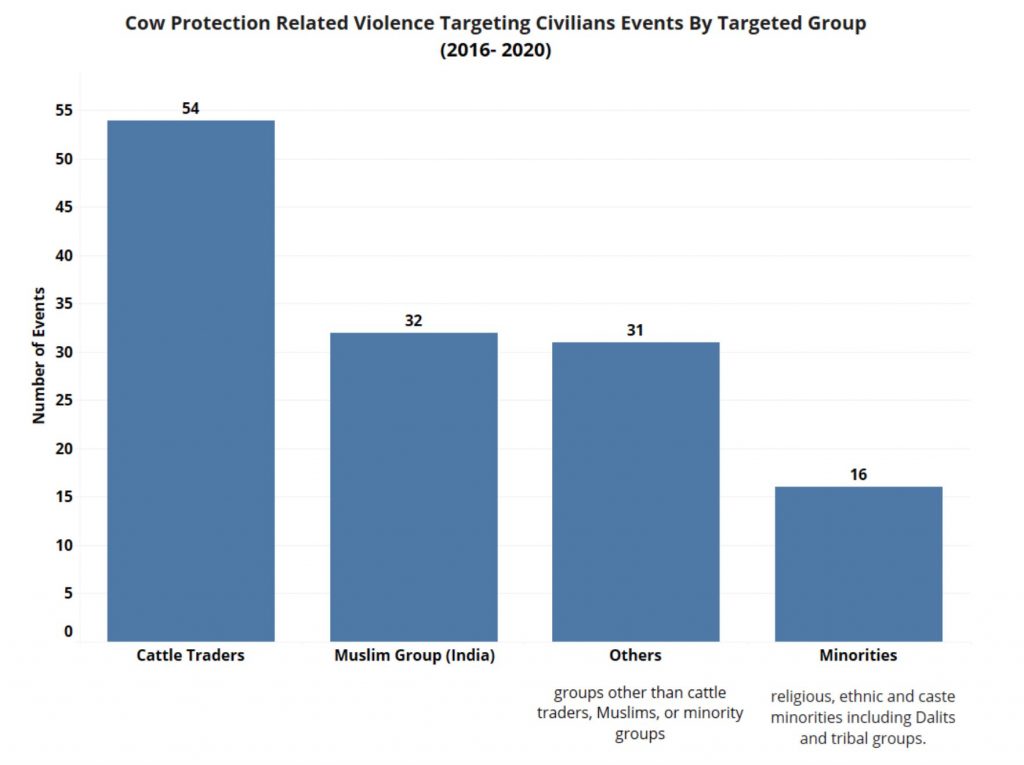

 BREAKING: Russia has officially signed the joint SCO statement, supporting Pakistan’s position over India.
BREAKING: Russia has officially signed the joint SCO statement, supporting Pakistan’s position over India. 



